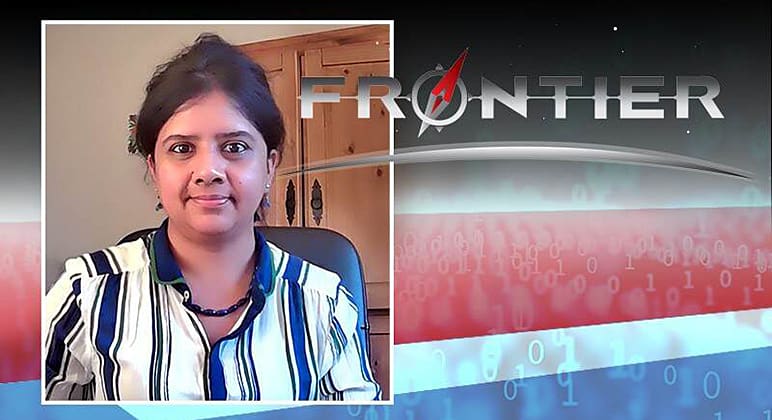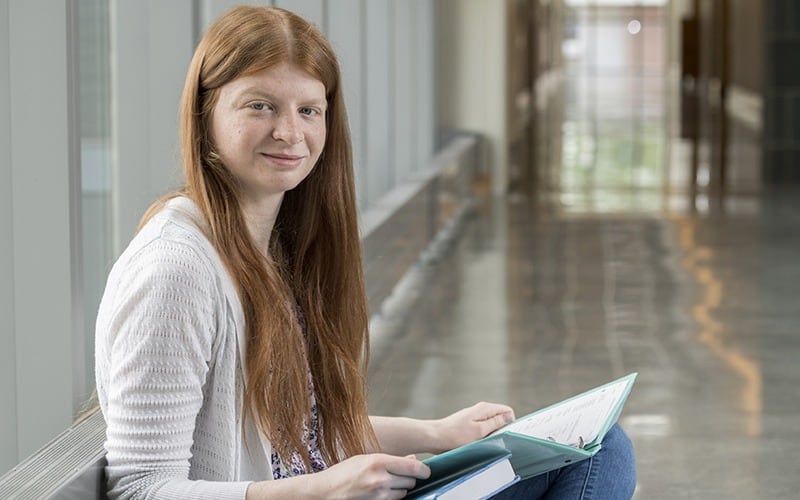RESEARCH
DISCOVERY
A Blog Devoted to UD Innovation, Excellence & Scholarship
COMPUTER AND INFO SCIENCE
High speed programming
University of Delaware Prof. Sunita Chandrasekaran is leading an international team designing an application for the Frontier exascale supercomputer, now being built at Oak Ridge National Laboratory.
What’s it like designing an app for the world’s fastest supercomputer, set to come online in the United States in 2021? The University of Delaware’s Sunita Chandrasekaran is leading an elite international team in just that task.
Chandrasekaran, assistant professor of computer and information sciences, recently was named the David L. Mills and Beverly J.C. Mills Career Development Chair at UD. This professorship, funded through a generous gift from David L. Mills, professor emeritus, and Beverly J.C. Mills, a UD alumna, was created to reward exceptional young female faculty in the departments of electrical and computer engineering or computer and information sciences.
For the past year, Chandrasekaran has been leading one of eight teams working on applications for the new Frontier supercomputer being built within the U.S. Department of Energy’s Oak Ridge National Laboratory (ORNL) in Tennessee. This exascale computer, capable of performing a mind-boggling quintillion calculations per second — that’s a 1 with 18 zeros after it (1,000,000,000,000,000,000) — is expected to launch in 2021. It will be at least five times faster than ORNL’s current supercomputer, Summit, which was the world’s fastest supercomputer until Japan’s Fugaku came online this past summer.
Chandrasekaran’s team is working with a plasma physics application called PIConGPU (Particle in Cell), which can simulate interactions between lasers and matter. Enlisting Frontier’s massive computing power, the team is working to generate fast, predictive simulations for next-generation plasma (particle) accelerators. Such tools are critical to advancing radiation therapies for cancer, as well as expanding the use of X-rays to probe the structure of materials.
Her collaborators have had high praise for the team effort.
“Dr. Chandrasekaran’s PIConGPU team is an elite group spanning many geographic regions, scientific domains and backgrounds,” said Dr. Nicholas Malaya, technical lead from Advanced Micro Devices (AMD) for the Exascale Centers of Excellence. “I fully expect this application to generate important scientific results from this team in computational science, supercomputing and plasma physics.”
Dr. Michael Bussmann, head of the Center for Advanced Systems Understanding (CASUS) at HZDR, a research laboratory based in Germany, added: “Together with the University of Delaware and our partners at Helmholtz-Zentrum Dresden-Rossendorf, CASUS scientists are working at the frontier of high performance computing. Our solutions will enable realistic simulations for next generation particle accelerators based on plasma technologies.”
UDaily recently connected with Chandrasekaran for an update on the team’s work.





